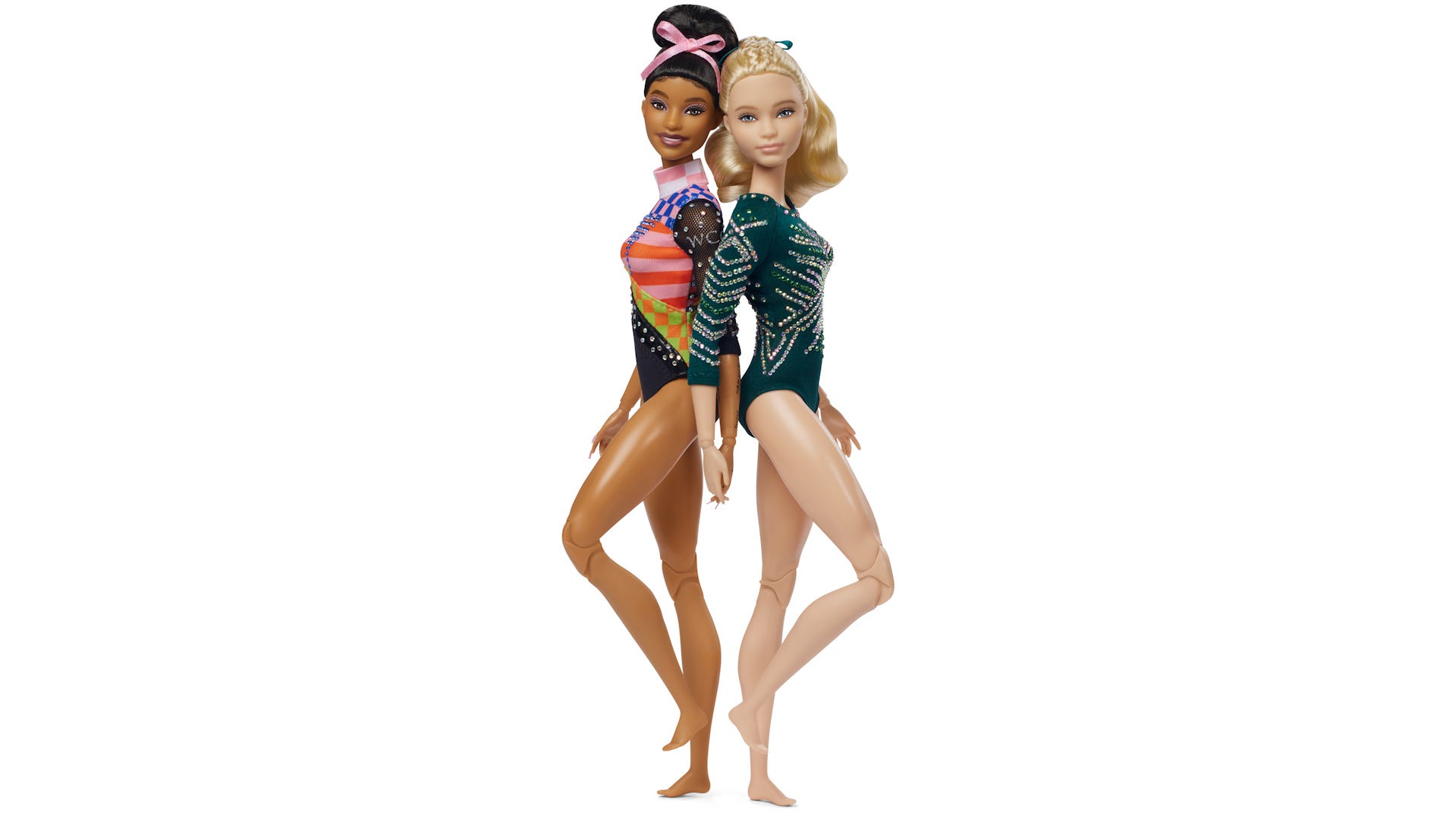Happy birthday Barbie! What this icon has meant to American culture

She walked, on tiptoes and in stilettos, into our collective consciousness on March 9, 1959.
And we've been talking about her, writing about her, debating her merits and messages, critiquing her body and her fashion choices − not to mention her career choices, which number in the hundreds − ever since.
She's beloved by kids, even if they chop her hair, color her face and tear off her head.
She's Barbie: The doll that's launched the imaginations of millions of girls − and maybe as many think pieces about her role in American culture, fashion and feminism.
But maybe Barbie is more like us, all of us, than we think: After all, even as she turns 66 years old, Barbie keeps changing, evolving and even improving.
"She changes," said Michele Ramsey, an associate professor communications and women's studies at Penn State. "Back when she was introduced, it was groundbreaking to have a doll that wasn't just a baby and used to train girls to be mommies. It was just a doll for play."
Barbie has also "morphed through the years to be more representative," Ramsey said.
Still, Barbie has one serious and lingering fault: her "literally impossible body," as Ramsey called it, one whose proportions, if replicated on an actual human woman, would simply not work.
"You can dress her up as a doctor, but she's still in a shape that if a real woman had it, she wouldn't be able to stand up," Ramsey said.
Here's a look at the iconic doll, her history and her place in American culture.
Her LinkedIn profile must be amazing
Like any modern woman, Barbie has choices. And she's made them.
According to multiple sources, including the Wall Street Journal, BuzzFeed and Yahoo, Barbie has had more than 250 different careers. Talk about a working girl!
She's been a fashion designer, flight attendant, nurse, doctor, athlete (playing multiple sports from tennis to skiing to baseball), astronaut, teacher, rock star, game show host, pilot and physicist. She's an entrepreneur and a waitress, a veterinarian and a secretary, a baker and a cosmetologist.
Barbie has also been a babysitter, a member of the U.S. military, a United Nations ambassador, a police officer and a detective. She's been a matador, a candidate for U.S. president, a chef, an artist, a Sea World trainer and even a journalist.
Barbie has a lot of friends and even a family
Sure, the nature of her relationship with Ken is, well, complicated. Ken (full name: Kenneth Sean Carson) arrived on the scene in 1961, so he's a couple of years younger than Barbie.
But the sandy-haired bit of boy arm candy isn't the only person in Barbie's orbit. She has a lot friends and even family, including her kid sisters Skipper (who debuted in 1964), Stacie, Kelly (later replaced by Chelsea) and Krissy, as well as twins Todd and Tutti. The Roberts family (yes, that's her last name) also includes her parents, George and Margaret.
Barbie's first bestie was named Midge, who came along in 1963, according to History.com. Christie debuted in 1966, Mattel's first unique Black doll. Other friends included Theresa, Summer, Kira or Miko and Nia. But those are only a few of Barbie's friends: A full list of her family and friends takes up to seven pages.
An evolving icon and a who's-who of role models
Barbie has continued to change and evolve over the decades: There are multicultural Barbies so more girls can play with dolls that look like them. There is a wheelchair Barbie and a Barbie with Down syndrome. She now represents 35 skin tones, 97 hairstyles and nine different body types.
And she's helped kids learn about role models: There are Barbies based on Ida B. Wells, the pioneering suffragist, civil rights activist and journalist; Dr. Jane Goodall, the conservationist; author Maya Angelou; and Native American activist Wilma Mankiller, among others.
Feminist icon or toy of the patriarchy?
Barbie, for all her independence, ambition (who else could do that many different jobs?), has also come under fire for her unrealistic body proportions, her fashion choices (why all the pink?) and her longtime failure to reflect the millions of girls who simply didn't see themselves in her pale skin, blue eyes and blond hair.
But, as many critics have pointed out, Barbie, like any woman, has also long been held to a different standard. No one criticizes GI Joe, after all.
"People put into that doll what they want," said Ramsey, the Penn State professor.
"Our job is to teach kids how to be critical of pop culture," she said. "Yes, it's just entertainment, but what else shapes our identity, other than our families, more than the media we surround ourselves with?"
Greta Gerwig's 2023 film addressed some of this, in what Paste BN reviewer Brian Truitt called "an insightful exploration of humanity, the meaning of life and the cognitive dissonance of a woman living in the patriarchy, all with a really big heart and style to spare."
Even Barbie's birth, such as it was, sprung as a fully formed plastic woman, was a knock against traditional expectations: Her creator, Ruth Handler, noticed her daughter and her friends were more interested in the paper dolls that resembled adult women than they were in the baby dolls popular at the time. Handler saw Barbie as a way for girls to see themselves as something other than mothers − they could be anything.
Do you want to share a slice of Americana with Paste BN? Contact Phaedra Trethan by email at ptrethan@usatoday.com, on X (formerly Twitter) @wordsbyphaedra, on BlueSky @byphaedra, or on Threads @by_phaedra